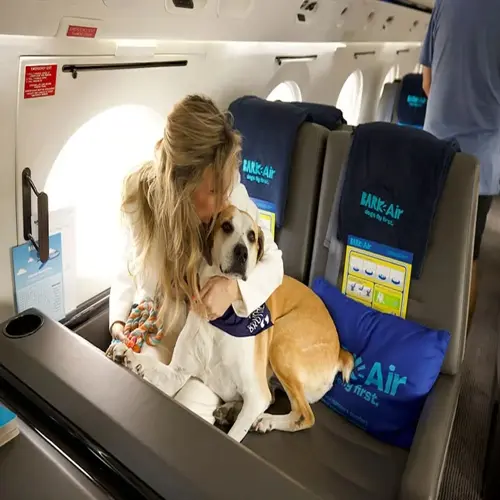When should I seek professional help?

Written by
Susan Taylor
Reviewed by
Prof. Henry Webster, Ph.D.Understanding when to seek help of a professional prevents potential problems with dangerous behaviors of a pet. Signs include: aggression that causes injury, or extreme fear reactions persisting for weeks or months. I intervened with a client whose dog was fixated on their cat. The dog refused food. *An early consultation with an expert* spared potential tragedy.
Aggression Indicators
- Bite wounds requiring veterinary care
- Unprovoked attacks without warning signals
- Resource guarding escalating to violence
- Redirected aggression toward humans
Psychological Red Flags
- Persistent refusal to eat near scents
- Extreme hiding lasting over 72 hours
- Self-harm behaviors like overgrooming
- Destructive escape attempts from rooms
Prepare documentation before consultations. Record incident videos showing body language. Track frequency of warning behaviors. I create detailed logs with timestamps. Thorough documentation helps specialists identify patterns efficiently.
Behaviorists implement tailored plans. They assess prey drive levels via controlled tests. Create desensitization plans targeting specific triggers and situations. I've seen cases resolved through targeted counterconditioning alone. Personalized strategies will always be effective to use at times when the normal approach has not successfully worked before.
You would need a vet to rule out medical causes. Pain can be a cause of aggression, and it is worth determining whether there is cognitive decline involved. Blood work can reveal thyroid conditions that contribute to behavioral changes. I have worked with veterinarians on complicated cases, and a "medical eval" checks for conditions that mimic behavioral problems.
Safety management plans avert positive harm during treatment. For dogs identified as high-risk, use basket muzzles during treatment and handling to prevent potential risks. Identify cat superhighways around dog zones. I assign shared spaces on a rotating schedule for treatment. Meticulous separation of household members supports safety throughout rehabilitation.
Read the full article: Introducing Dog and Cat: A Safe Guide

